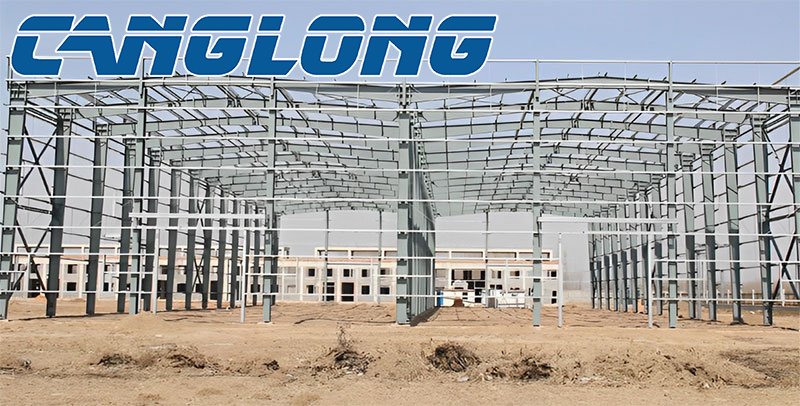Design principles of large span steel structures
There are many forms and types of steel structures, and there are also different classification methods. It can be classified according to the stress characteristics of large span steel structures, or according to the force transmission path. Long span steel structures can be divided into plane structures and space structures. The plane structure can be subdivided into various prestressed structures formed by frame analysis, arch, steel cable and steel tie rod. Spatial structures can also be subdivided into thin shell structures, grid structures, grid structures and various prestressed structures. The basic components or basic elements that make up the structure, namely, plate shell element, beam element, rod element, cable element and membrane element, classify spatial structures.
The classification is based on the mechanical characteristics of long-span structures. It is simple and clear, and can reflect the mechanical characteristics of structures. Designers are familiar with it. Therefore, this standard classifies long span steel structures according to the mechanical characteristics of structures.

The design principles of large-span steel structures are specified
1. The designer shall select the appropriate large span steel structure system according to the specific situation of the project. The support form of the structure shall match the stress characteristics of the structural. The support shall provide vertical restraint and necessary horizontal restraint for the structure mainly subjected to overall bending, reliable horizontal restraint for the structure mainly subjected to overall compression, reliable anchorage for the structure mainly subjected to overall tension, and reliable out of plane support system for the plane structure.
2. When analyzing grid structures and double-layer latticed shells, it can be assumed that the joints are connected and the members only bear axial force. By using the bar element model, the joints should be assumed to be rigid when analyzing single-layer latticed shells. In addition to bearing axial force, members also bear bending moment and shear force, and beam element model is adopted. When analyzing the truss, it shall be determined according to the structural form of the node and the section length of the member or the ratio of the member length to the section height in accordance with the relevant provisions in the current national standards. When the cable and tie rod in the model are simulated as flexible members, the calculation models of various members should be able to reflect the stress state of the structure.





